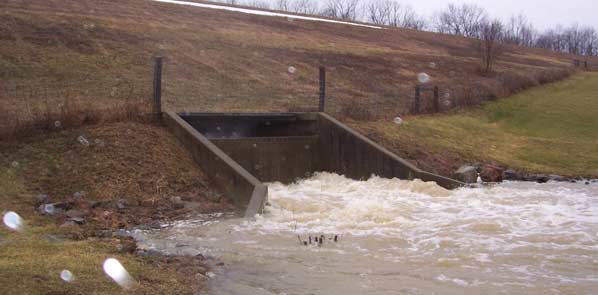Watersheds supply drinking water, provide recreation, sustain life and manage rainfall.


Watersheds supply drinking water, provide recreation, sustain life and manage rainfall.
A watershed is an extent of land where water from or snow melt drains downhill into a body of water, such as a river, lake, reservoir, estuary, wetland, sea or ocean. The watershed includes both the streams and rivers that convey the water as well as the land surfaces from which water drains into those channels. Watershed are separated from adjacent basins by a drainage divide.
A watershed acts like a funnel, collecting all the water within the area covered by the basin and channeling it into a waterway. Each watershed is separated topographically from adjacent watersheds by a geographical barrier such as a ridge, hill or mountain, which is known as a water divide.
Watersheds come in all shapes and sizes. They cross county, state, and national boundaries. In the continental US, there are 2,110 major watersheds.
A watershed approach is the most effective framework to address today's water resource challenges. Watersheds supply drinking water, provide recreation, sustain life and manage rainfall. Our communities depend on wise water management and healthy watersheds.
In the photo, water is up over the top of the inlet structure at the VIII-D Dam reservoir, normally a dry dam.
For more information about our regional watershed, visit the Purpose section.